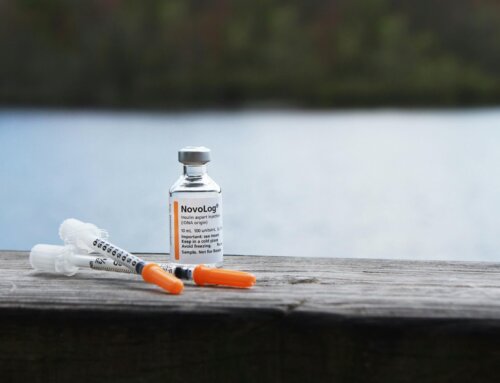People have been battling diabetes for centuries. The fascinating history of the disease takes many twists and turns. Great strides in reducing the symptoms of diabetes have been made through research and communication.
1552 B.C. – First Recorded Symptoms
In 1552 B.C. the first diabetes symptoms were noted by Hesa-Ra, an Egyptian physician who described a disease that involved urination and emaciation. In 150 A.D., a Greek physician named Areteus described diabetes as a melting down of limbs and flesh into the urine. By 400-500 AD, Indian physicians Sushruta and Charaka differentiated Type 1 diabetes from Type 2 diabetes, relating one to youth and the other to weight. We now know they are not age related.
1700’s – Diabetes Mellitus
Centuries later water tasters were used to taste the urine of people suspected of having diabetes. If the urine was sweet, people had disease. In the 1700s, the name diabetes mellitus was coined by Britain John Rolle. Mellitus means honey and diabetes means siphon. Diabetes mellitus was related to sugary urine while diabetes insipidus referred to frequent urination.
1800’s – More Advanced Testing
By the 1800s, doctors developed chemical tests to find out if a person had sugary urine. Physicians started to recognize the need to manage this disease. Doctors prescribed dietary changes and exercise such as horseback riding. In the 1700s and 1800s, patients were told to eat large amounts of sugar or just consume animal meat. By the early 1900s, fad diets evolved after war-related rationing such as the starvation diet and potato therapy.
1916 – The Treatment of Diabetes Mellitus
In 1916, a Boston scientist named Elliot Joslin, created the textbook entitled The Treatment of Diabetes Mellitus. Treatments included regular exercise and a fasting diet. These basic principles remain a part of modern diabetes self-management today. The Joslin Clinic still exists in Boston today.
1889 – The Pancreas
In 1889, insulin was connected with diabetes treatment. Two researchers in France, Oskar Minkowky and Joseph Von Mering, discovered removing dog’s pancreas could bring on diabetes. In the early 1900s, a German scientist named Georg Zuelzer found injecting pancreatic extract in patients helped control diabetes.
1920 – Insulin
In 1920, Frederick Banting had the idea to treat diabetes using insulin. He first tried the theory in animal experiments then successfully treated a human in 1922. Banting and his team were awarded the Nobel Prize in Medicine. Long acting insulin was introduced in the 1940s.
1936 – Type 1 & Type 2
In 1936, the formal distinction between Type 1 and Type 2 diabetes was made by Sir Harold Percival Himsworth. In 1942, the first sulfonylureas were identified. By the late 1950s, biguanides were used for diabetes. Metformin was introduced in France in 1979 and made its way to the U.S. in 1994. Metformin remains the first line medication for type 2 diabetes.
1962 – Glucose Meter was Invented
In 1962, the first glucose enzyme electrode was created by Ann Lyons and Leland Clark at the Cincinnati Children’s Hospital. Anton H. Clemens created another early glucose meter used in the 1970s in hospitals. Home glucose monitoring advanced in the late 1970s with the first meters marketed for home use in 1981. The two dominant models at that time were the Glucometer and Accu-chek Today.
1977 – Roslyn Yalow Wins Noble Prize
In 1977, Roslyn Yalow received the Nobel Prize in Physiology and Medicine for discovering the radioimmunoassay for insulin with Simon Berson. Sir Frederick Sanger received the Nobel Prize for determining the amino acid sequence of insulin.
1980 – Biosynthetic Human Insulin
By 1980, U.S. biotech company Genentech developed biosynthetic human insulin. In 1988, Dr. Gerald Reaven identified the symptoms of metabolic syndrome. In 1995, the oral medication Precose was approved for people with Type 2 diabetes. By 1996, a new form of fast-acting insulin called Lispro was released under the brand name Humalog. New technology, new medications and more advanced treatments are constantly on the horizon.
Today people with diabetes are advised to exercise regularly, eat a healthy diet and test their blood sugar regularly. They often need diabetes supplies such as a glucose meter and insulin, if prescribed. Sometimes oral medication is also prescribed for people with diabetes.
Diabetes has been around for many generations. Today physicians have more knowledge than ever to reduce or eliminate the symptoms of diabetes as well as the complications. People with diabetes are advised to exercise regularly, eat a healthy diet and test their blood sugar regularly. They often need diabetes supplies such as a glucose meter and insulin, if prescribed. Sometimes oral medication is also prescribed for people with diabetes. Proper self-management is a key factor to living a healthy life with diabetes.












Good one